Customer acquisition is the backbone of any successful business. Whether you’re a startup trying to establish your presence or a growing company looking to expand your reach, having a customer acquisition strategy framework is essential for sustainable growth. Unlike general marketing approaches, customer acquisition requires a structured and strategic plan that targets the right audience, communicates value effectively, and nurtures prospects into long-term clients.
A strategic marketing service plays a crucial role in helping businesses develop and refine this process. Companies like Obsidian Consulting specialize in creating tailored strategies that go beyond simple advertising. By leveraging market research and consulting firms, businesses can gain valuable insights into consumer behavior, industry trends, and competitive positioning. These insights allow businesses to craft an acquisition strategy that not only attracts customers but also retains them for long-term success.
At Obsidian Consulting, we believe that an effective customer acquisition strategy is not about short-term gains—it’s about building meaningful relationships that drive long-term business growth. In this article, we’ll explore key steps to developing a customer acquisition strategy that delivers real, measurable results.
1. Understanding Your Target Market
Before you can acquire customers, you need to understand who they are, what they need, and how they make purchasing decisions. This requires in-depth market research to identify your ideal customer profile.
Key components of market research:
- Demographics and Psychographics: Understanding age, location, income, interests, and pain points.
- Industry Trends and Competitive Analysis: Assessing what your competitors are doing and identifying gaps in the market.
- Customer Needs and Expectations: Determining what customers value most in a product or service.
Many businesses make the mistake of casting too wide a net, hoping to attract as many customers as possible. However, a refined strategy that focuses on a well-defined audience results in higher engagement, stronger conversions, and better long-term retention. Companies that invest in market research and consulting firms gain access to valuable data that helps them make informed marketing decisions.
At Obsidian Consulting, we conduct thorough market analysis to ensure businesses target the right audience with the right message. This sets the foundation for an effective customer acquisition strategy framework that maximizes return on investment.
2. Crafting a Compelling Value Proposition
Once you’ve identified your target audience, the next step is to develop a compelling value proposition that clearly communicates why your business stands out. A strong value proposition directly addresses customer pain points and explains how your product or service provides a unique and effective solution. Simply listing product features is not enough; instead, businesses must showcase the impact of their offerings in a way that resonates with potential customers.
A well-defined value proposition is built on three core elements: clarity, relevance, and differentiation. Clarity ensures that businesses avoid industry jargon and clearly state the benefits of their offering in a way that is easy for customers to understand. Relevance means that the value proposition directly speaks to the specific needs and challenges faced by the target audience, making it more compelling and actionable. Differentiation highlights what makes a business stand out from competitors, showcasing unique strengths and advantages that customers won’t find elsewhere.
Companies that successfully define and communicate their value proposition are more likely to capture interest and build trust with their target audience. At Obsidian Consulting, we help businesses refine their messaging to ensure it aligns with customer expectations and creates meaningful engagement. By crafting a clear, relevant, and differentiated value proposition, businesses can improve their customer acquisition rates and enhance long-term brand loyalty.
3. Building a Structured Customer Acquisition Strategy Framework
A well-structured customer acquisition strategy framework ensures that every stage of the customer journey is carefully planned and optimized for long-term success. Instead of relying on sporadic or one-off marketing efforts, businesses should create a repeatable and scalable acquisition process that consistently generates leads and converts them into loyal customers. This structured approach ensures that marketing and sales efforts are aligned, improving efficiency and maximizing returns.
The customer acquisition framework consists of four key stages: attract, engage, convert, and retain. The attract stage focuses on generating awareness and interest through networking, industry events, and referral programs. Businesses must ensure they are reaching the right audience with targeted marketing efforts that effectively communicate their value proposition. The engagement stage is about building meaningful interactions that establish trust and credibility, whether through personalized outreach, in-depth consultations, or customer education.
The conversion stage involves moving leads through the sales funnel by addressing their concerns, providing additional value, and offering solutions tailored to their needs. This stage is crucial for turning potential customers into actual clients by demonstrating the benefits of working with the business. Finally, the retail stage focuses on ensuring customer satisfaction and building strong relationships that encourage repeat business. Long-term engagement strategies, such as excellent post-sale support and loyalty programs, help businesses retain existing customers and increase their lifetime value.
Each of these stages requires different marketing and sales tactics, but they must work together as part of a cohesive strategy. Businesses that adopt a structured and data-driven approach to customer acquisition are better equipped to scale effectively while maintaining high levels of engagement and conversion. At Obsidian Consulting, we guide businesses through every step of this framework, ensuring they build long-term relationships with customers rather than relying solely on short-term gains. By implementing a well-structured customer acquisition strategy framework, businesses can create a sustainable and profitable path to growth.
4. Leveraging Referral and Partnership Programs
One of the most effective ways to acquire new customers and expand brand reach is through referrals and strategic partnerships. Word-of-mouth marketing remains one of the most trusted and influential forms of advertising, as people tend to trust recommendations from peers, colleagues, and industry connections more than traditional promotional efforts.
Businesses that actively encourage their satisfied customers to share their experiences can significantly enhance credibility and attract high-quality leads without incurring excessive marketing costs.
A well-structured referral program is a powerful tool for boosting customer acquisition. By incentivizing existing customers to refer new clients, businesses can tap into a network of potential buyers who already have a level of trust in the brand. Offering exclusive benefits or discounts for successful referrals encourages customers to actively promote the business to their professional and social circles. Additionally, referral programs create a win-win situation where both the referrer and the new customer benefit, strengthening customer relationships and fostering loyalty.
Beyond individual referrals, developing strategic partnerships with complementary businesses is another highly effective approach. By collaborating with companies that serve the same target audience but offer non-competing products or services, businesses can mutually benefit from shared promotions and cross-marketing efforts.
For example, a telecommunications provider might partner with a hardware supplier, offering bundled solutions that add value to customers while increasing exposure for both companies. These partnerships not only generate new leads but also enhance the perceived value of the business by aligning with reputable industry players.
Encouraging satisfied customers to share their experiences through testimonials and case studies is another key aspect of referral marketing. Potential clients often seek validation before making a purchasing decision, and positive reviews from existing customers serve as powerful social proof. Businesses should actively collect and showcase testimonials on their websites, social media platforms, and marketing materials to reinforce trust and credibility. Case studies that detail how a business helped a client overcome specific challenges provide an even greater impact, demonstrating real-world success and the tangible benefits of the service.
A successful referral and partnership strategy not only brings in new customers but also strengthens existing relationships. Customers who refer others often feel a deeper connection to the brand as they become personally invested in its success. This increased engagement translates to higher retention rates, as referred customers tend to be more loyal and have a longer customer lifespan compared to those acquired through traditional marketing efforts.
At Obsidian Consulting, we specialize in designing referral programs and partnership strategies that drive organic growth while maintaining a strong focus on customer engagement. By leveraging trusted relationships and collaborative marketing initiatives, we help businesses amplify their reach, increase customer loyalty, and achieve sustainable long-term success. Whether through structured incentive programs, strategic alliances, or customer-driven advocacy, we ensure that businesses maximize their potential for expansion while strengthening their brand reputation.
5. Measuring and Optimizing Performance
No customer acquisition strategy is complete without a system for tracking performance. Businesses need to continuously evaluate their efforts to identify what is working and what requires improvement. Without proper measurement, even the most well-planned strategies can become inefficient, leading to wasted resources and missed opportunities. By analyzing key performance indicators (KPIs), businesses can gain insights into their marketing effectiveness, make data-driven decisions, and refine their approach to improve customer acquisition results.
Some of the most critical KPIs for customer acquisition include conversion rates, customer acquisition cost (CAC), and customer lifetime value (CLV). Conversion rates measure how many leads successfully turn into paying customers, helping businesses assess the effectiveness of their engagement and sales processes.
Customer acquisition cost (CAC) evaluates how much a company spends to acquire a new customer, ensuring that marketing expenses align with profitability goals. Meanwhile, customer lifetime value (CLV) determines the long-term value of acquired customers, helping businesses identify whether they are targeting high-value clients who contribute to sustained revenue growth.
Businesses that consistently analyze these metrics can refine their strategy, allocate resources more efficiently, and improve overall marketing effectiveness. Without performance tracking, companies may continue investing in ineffective tactics that do not yield strong returns. By leveraging data and analytics, organizations can adjust their marketing efforts in real-time, optimize engagement strategies, and improve conversion rates.
At Obsidian Consulting, we emphasize the importance of data-driven decision-making. Our strategic marketing service focuses on helping businesses track essential metrics, identify growth opportunities, and implement adjustments that lead to continuous improvement. Through careful analysis and optimization, we ensure that our clients maximize their customer acquisition efforts, drive meaningful engagement, and achieve long-term business success.
Build a Stronger Customer Acquisition Strategy with Obsidian Consulting
Developing an effective customer acquisition strategy framework requires careful planning, strategic execution, and ongoing optimization. From understanding your target market to refining your value proposition and building a structured approach, every step plays a critical role in long-term success. By leveraging market research and consulting firms, businesses can gain valuable insights that enhance their ability to attract and retain customers.
At Obsidian Consulting, we specialize in strategic marketing services that empower businesses to grow sustainably. Our expertise in customer acquisition ensures that businesses connect with the right audience, create compelling marketing campaigns, and build lasting relationships that drive long-term success.
If you’re ready to take your customer acquisition strategy to the next level, contact Obsidian Consulting today, and let’s create a plan that delivers real, measurable results.

